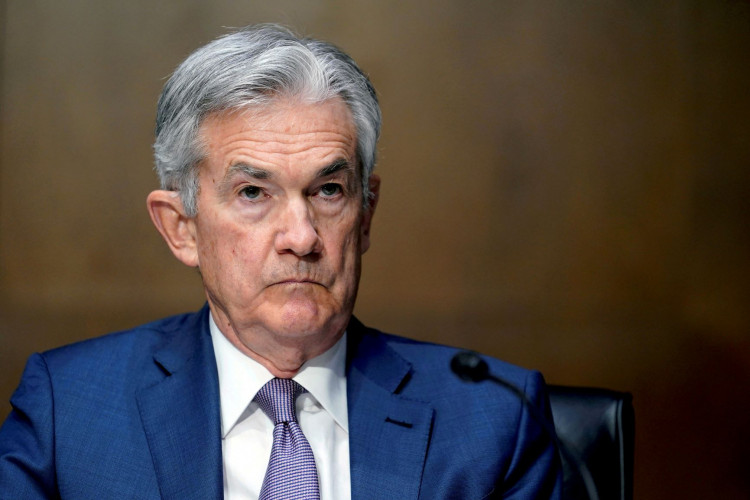Federal Reserve officials opted to hold short-term interest rates steady on Wednesday, signaling that while inflation is getting closer to the Fed's target, immediate rate cuts are not yet on the horizon. The central bank maintained its benchmark overnight borrowing rate at 5.25% to 5.5%, the highest level in 23 years, a stance it has held for the past year to combat inflation.
"The Committee judges that the risks to achieving its employment and inflation goals continue to move into better balance," stated the Federal Open Market Committee's post-meeting announcement. This statement marked a slight upgrade from previous language, reflecting the Fed's cautious optimism about economic conditions. The committee acknowledged that "inflation has eased over the past year but remains somewhat elevated."
This nuanced change in language from the June meeting, where the policy statement described inflation as merely "elevated," indicates the Fed's recognition of ongoing progress. Despite these improvements, the Fed reiterated the need for more sustained evidence before considering rate reductions.
The decision to keep rates steady was unanimous among FOMC members, emphasizing the Fed's careful approach amidst mixed economic signals. While inflation metrics, such as the personal consumption expenditures price index, show annual rates around 2.5%, other indicators suggest slightly higher readings. The Fed's steadfast target remains at 2% inflation, and officials have been resolute about maintaining this goal despite external pressures.
Economic data has been mixed, with gross domestic product (GDP) growing at a 2.8% annualized rate in the second quarter, driven by consumer and government spending. However, the labor market has shown signs of weakening, with the unemployment rate rising to 4.1% and private sector job growth slowing. The latest ADP report revealed just 122,000 new private sector jobs in July, suggesting a cooling labor market. Nevertheless, wage increases have decelerated, with the Labor Department reporting a 0.9% rise in wages, benefits, and salaries in the second quarter, below expectations.
"The Committee does not expect it will be appropriate to reduce the target range until it has gained greater confidence that inflation is moving sustainably toward 2 percent," the Fed's statement reiterated. This stance underscores the Fed's data-driven approach, where future rate decisions will hinge on economic developments rather than predetermined plans.
Fed Chairman Jerome Powell's upcoming press conference will likely be scrutinized for additional insights into the Fed's future actions. Investors are keenly observing any hints that might suggest a shift in policy, especially with market sentiment strongly favoring rate cuts by year-end. Financial markets have priced in a high probability of rate cuts in the Fed's September, November, and December meetings.
Recent economic reports have bolstered the Fed's cautious stance. Pending home sales surged by 4.8% in June, far exceeding expectations, and defying concerns about the high borrowing costs' impact on the housing market. This unexpected resilience in housing adds another layer of complexity to the Fed's decision-making process.
"The economic outlook is uncertain," the Fed stated, acknowledging the balance it must strike between curbing inflation and supporting employment. This nuanced view highlights the challenges the central bank faces in navigating a post-pandemic economic landscape marked by both growth and instability.
The Fed's cautious approach is echoed by financial experts. "The Federal Reserve is walking a tightrope," said Chris Rupkey, chief economist at FWDBONDS. "They need to ensure inflation continues to drop without stifling economic growth. It's a delicate balance."






